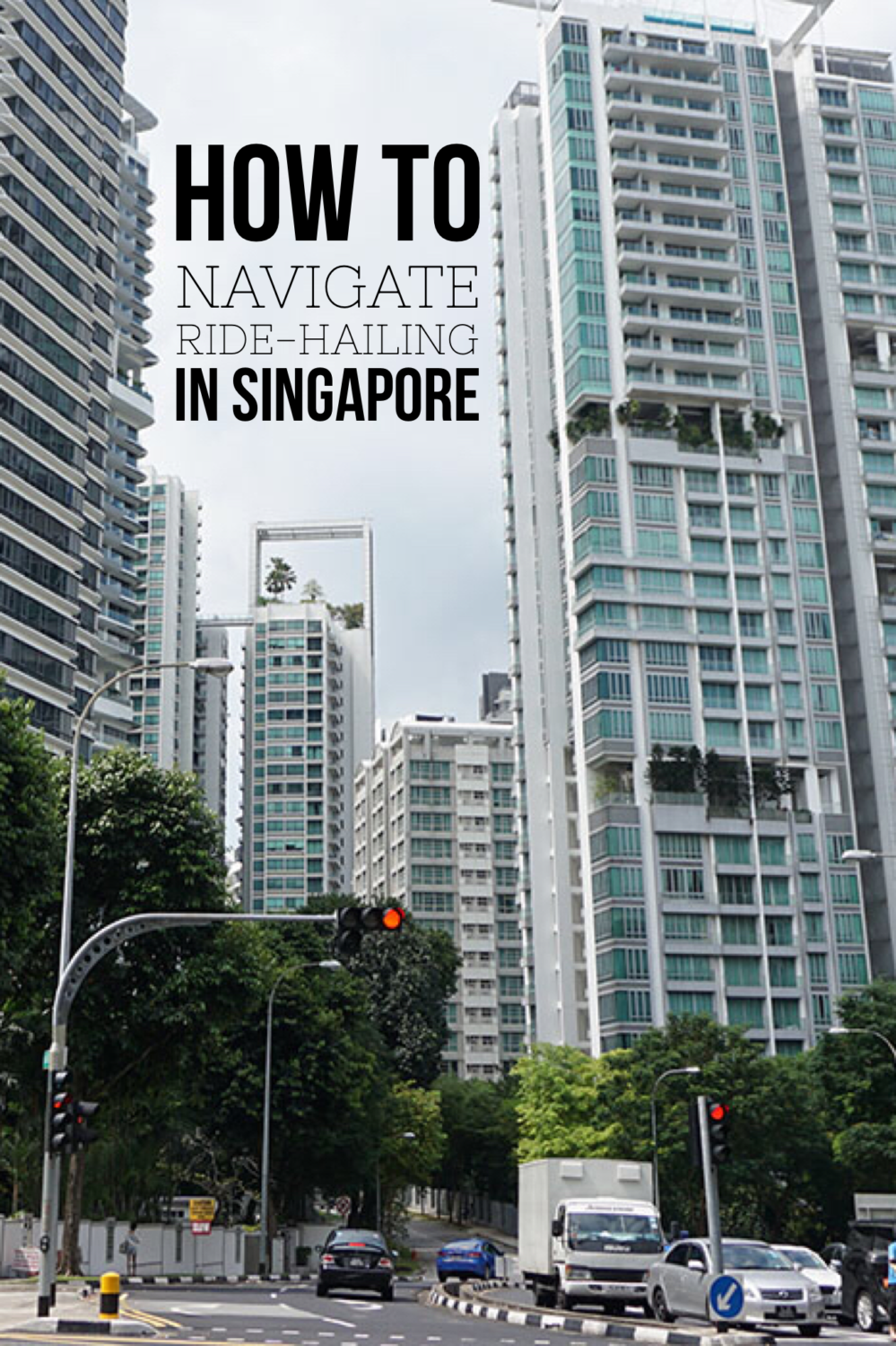When it comes to world travel, Uber and its orbit of competing ride-hailing apps have introduced a new ease into getting from point A to point B in unfamiliar places. No longer do you need to know how to get where you’re headed, speak the local language, nor even to have any local currency on you to get there. In addition, there’s an added layer of safety, especially for solo female travelers, in having the driver’s info on record.
In Singapore, as in much of Southeast Asia, your options for ride-hailing will come down to Uber and its regional competitor here, Grab. Both are functional and ubiquitous. After spending two weeks in Singapore this past October, here’s what I learned about how each app works in the city. Much of this info will apply to cities in Malaysia, Laos and Vietnam, as well, I also spent time and where prices are bound to be even cheaper than in Singapore. (In Penang, Malaysia, for example, I frequently paid as a little as US$1 for rides of considerable length. In Da Nang, Vietnam, I paid about US$3.75 for my ride to my hotel from the airport.)
Uber
You’ll likely touch down in Singapore with Uber already on your phone. This is fine, it works great (although it’s hard to take anything but a taxi from the airport itself in this particular city). It’s also noticeably cheaper than a similar ride would be in New York, or even Los Angeles. I never had trouble securing a driver, even at odd times of day. Costs ranged from a high of US$24 from the Central Business District to the airport during a time of 1.6x surge pricing, to as little as US$4 for trips within the city.
Grab
In Singapore, rides generally cost a little less on Grab than on Uber when compared side by side. However, it often took longer to secure a driver on Grab (and when I needed an early morning one to the airport in Kuala Lumpur, none was available, while I was able to secure one immediately on Uber). Grab works a little differently from Uber in the booking stage, as well. Once you request a ride, the app will show you the driver it’s contacting, and if he declines the job, will move on to the next one. One night in Singapore’s Little India, I went through 10 or so names before securing a ride.
Still, my sense is that with the locals, Grab is more commonly used than Uber—and one of my drivers in Penang confirmed as much, at least for that city. He told me that when he is outside the tourist areas, he doesn’t even turn Uber on. Using this information as a guide, it would make sense to give Grab a try when outside the zone in a city with the most attractions for visitors.







